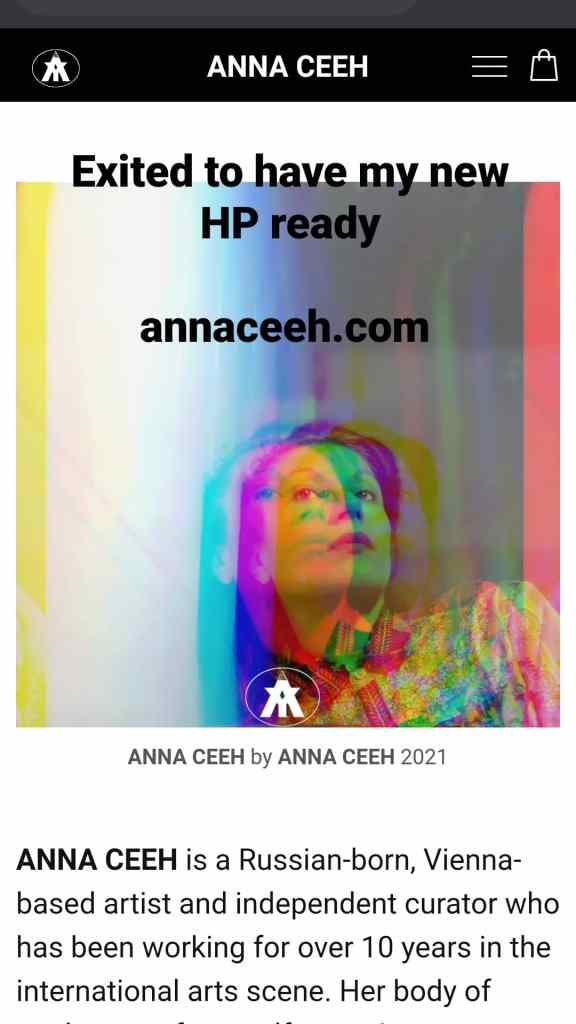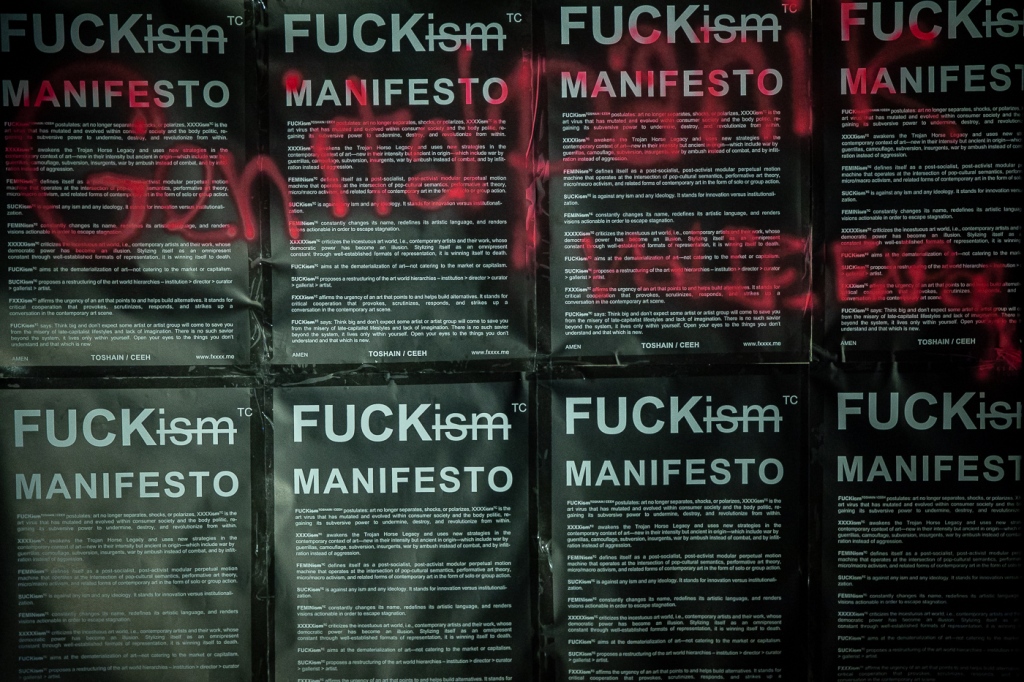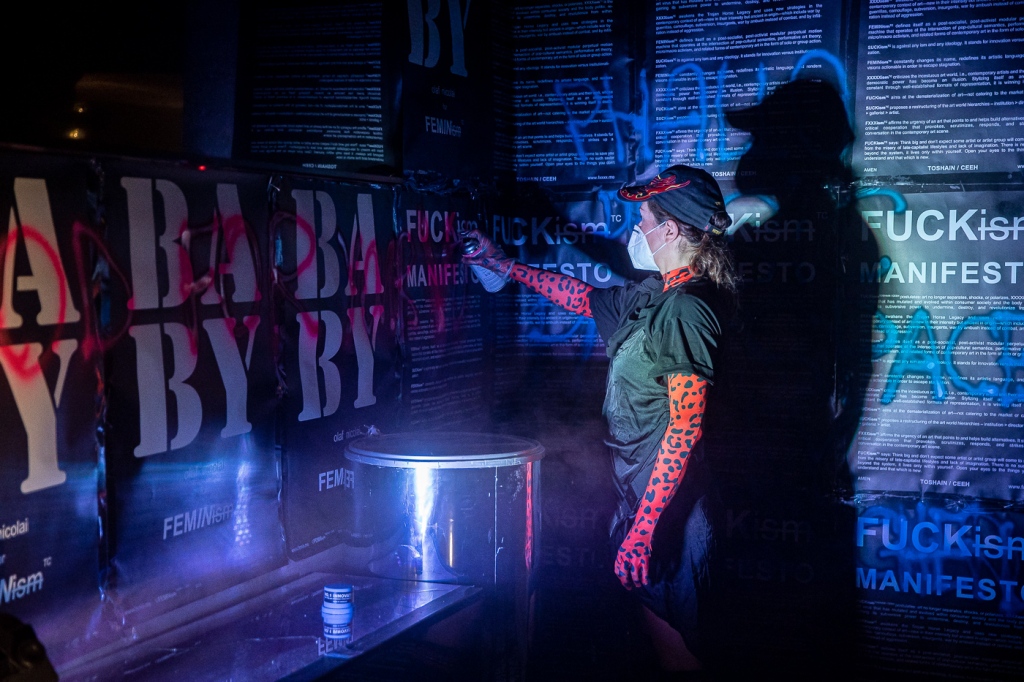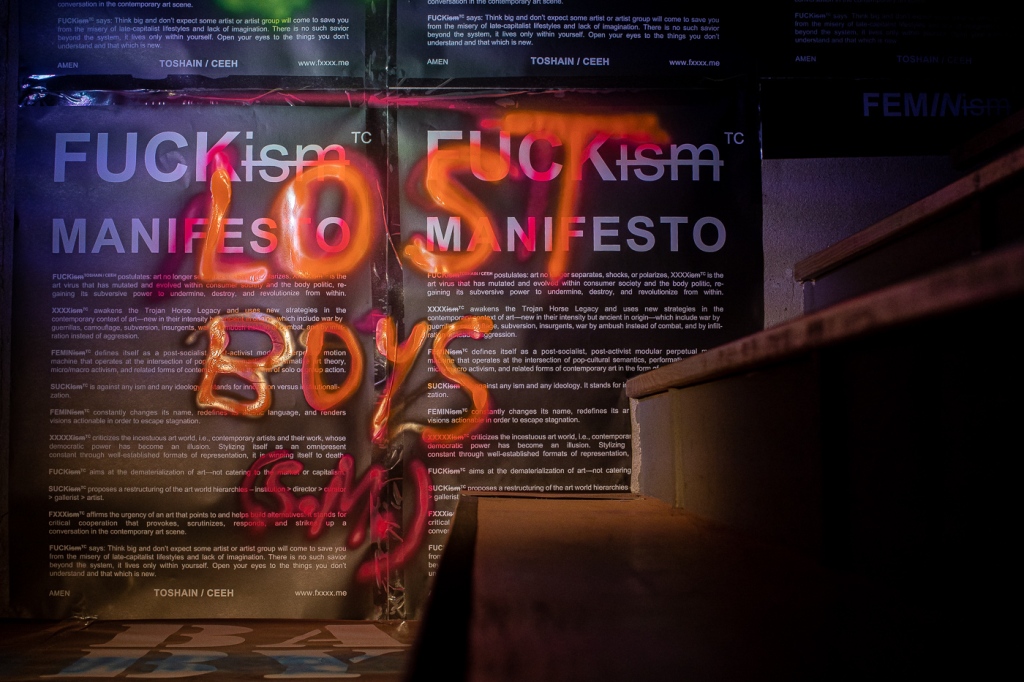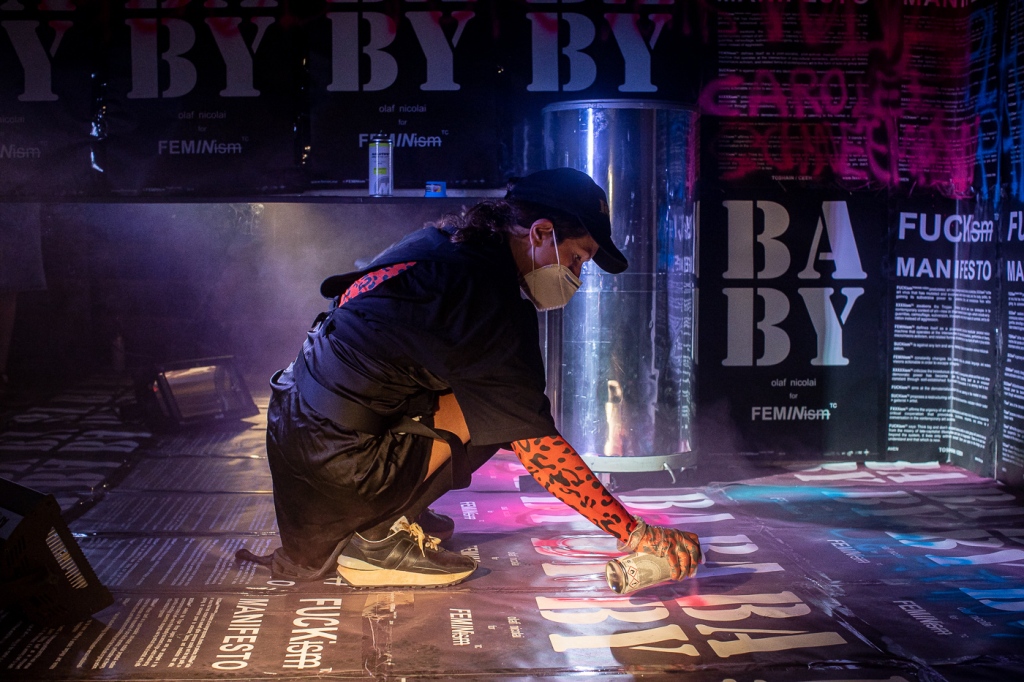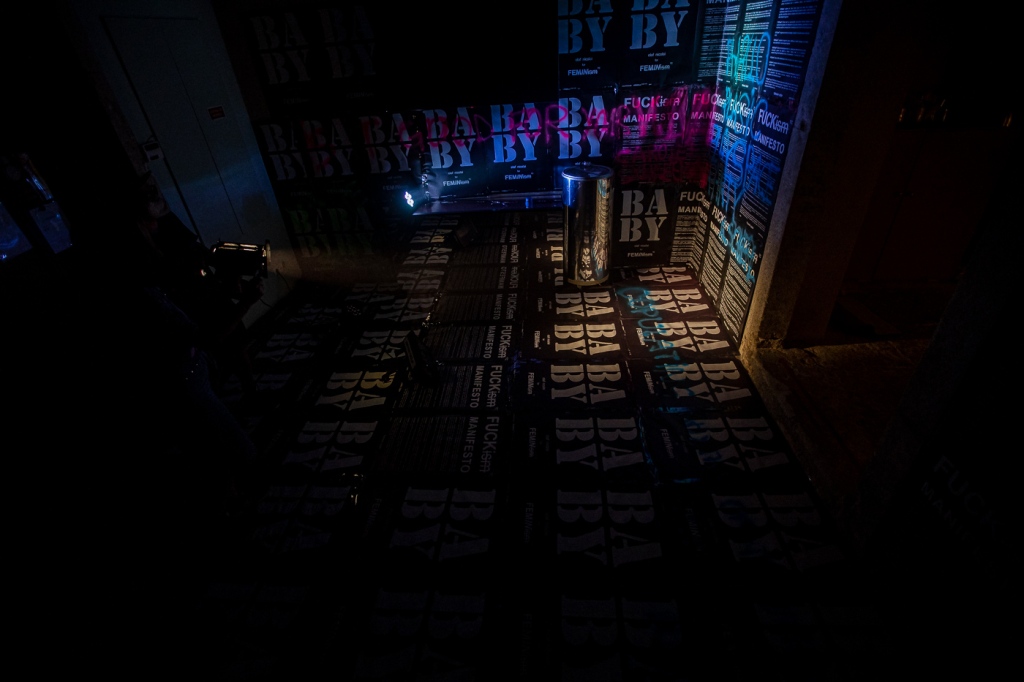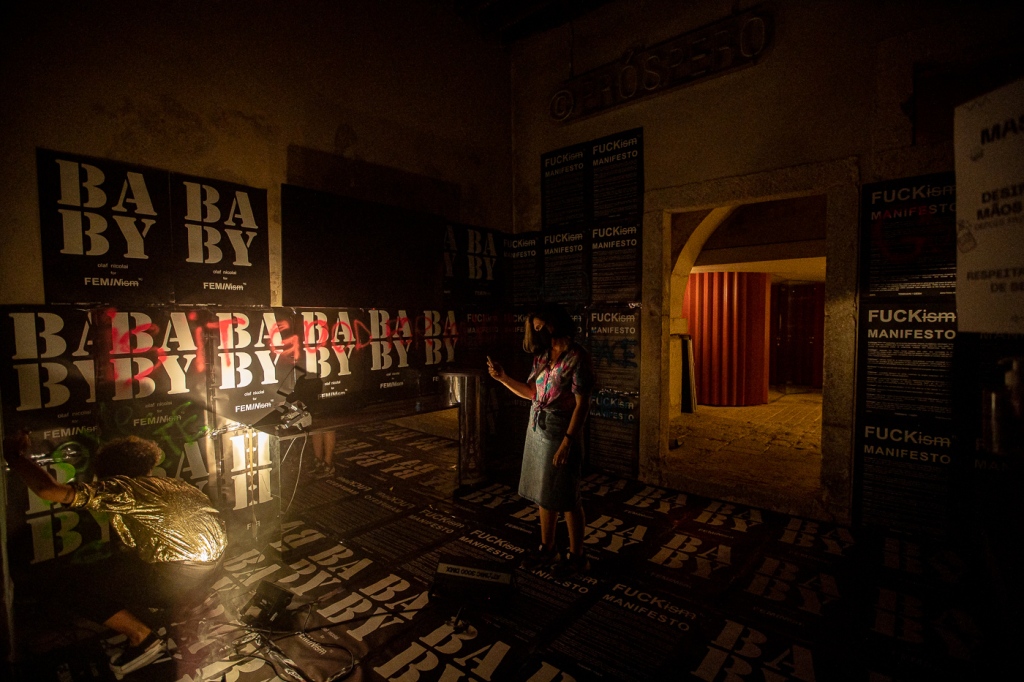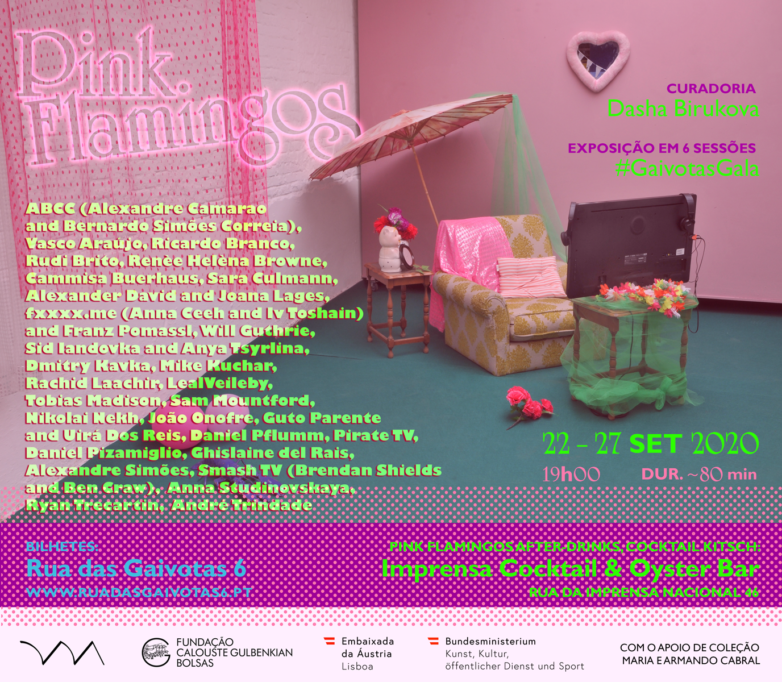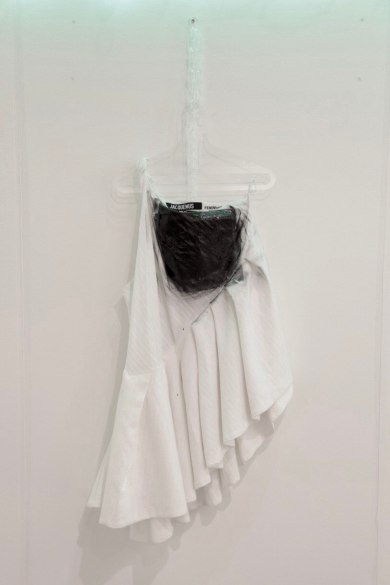Annaceeh's Blog
Artist
Anna Ceeh: “O.R.* Mexican Light” 2020
The series “O.R.* Mexican Light” 1-20 was made during the Mexico -Tournee in Feb. 2020 and was post-produced in March 2020 Vienna.
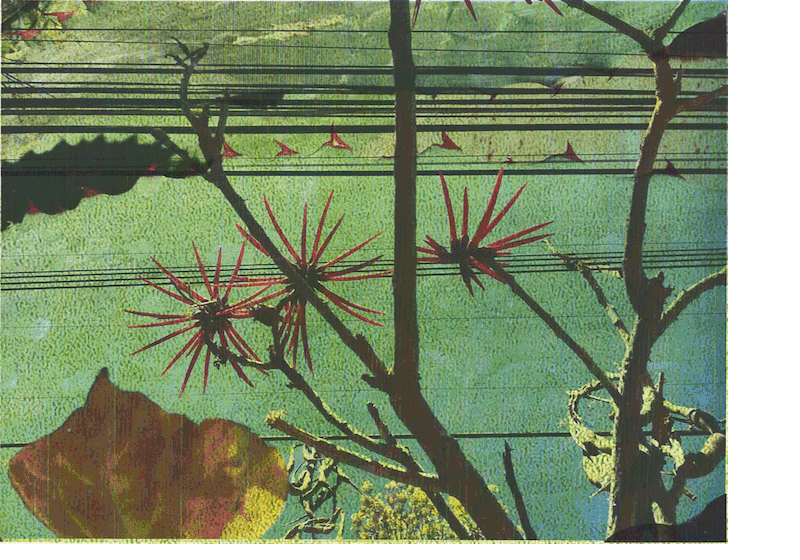
“Ontological Realities” ( 2003 – ongoing ) are photographs of performances and capture movement through spaces of memories that partly define my current life. They are a kind of ironic game with pieces/bits of the past from the former Soviet Union and erotic elements, which present the body as the central medium of dealing with one’s identity and this (very) challenge.
This form of self-reassurance oscillates between pop culture, everyday life and art. I understand these visual impressions/flashes as “sound” – (sound of the city – sound of myself). I compose images in a double sense: (1) I act as the photographer, the model and her observer. (2) I use the visual contents and intervene via overlays and superpositions, displacements, reflections, blurs, rhythmical structures etc.
FUCKi̶s̶m̶ Toshain / Ceeh : “КОНФЭШН” at Pink Flamingos, Lisbon
The Austro – Russo-Bulgarian artist duo FUCKismTC, well known for their subversive site specific installations and Red Square Guerilla Performance, will show a brand new work in Portugal named FUCKismTC: КОНФЭШН (“confession / con-fashion” written with Cyrillic letters). The performance is based on the project БАЙХТЕ (@Charim Galerie, Vienna 2013), where they cooperated with several amazing artists among others Carolee Schneemann, VALIE EXPORT, Hans Ashley Sheirl.
Sound by Franz Pomassl.
picts @ Alipio Padilha and FUCKismTC
Slogans by:
- ANETTA MONA CHIŞA & LUCIA TKÁČOVÁ (RO/ SK): “YELL OR WHISPER”
- HANS SCHEIRL (AT): “PHALLOPLASTIC PLAYSPACE PARTY”
- SLAVA MOGUTIN (RU/ U.S.): LOST BOYS”
- VALIE EXPORT (AT) :GENITALPANIK”
- CAROLEE SCHNEEMANN (U.S.): IS IT GOOD FOR YOUR VULVA”
- BORIS ONDREIČKA (SK): FRIHETSTIDEN 1718-1772”
- KIWA (EE) “I CAN’T STOP WEARING MASCARA AND LIPSTICK. IMMANUEL KANT.“
- LINDA BILDA (AT): “LOVE SEX HATE SEXISM”
- JOHN WATERS (US): “CONTEMPORARY ART HATES YOU”
- IV TOSHAIN: “ I CUM ON FUCK
ISMTC” - ANNA CEEH: “COPULATING RHYTHM OF THE UNIVERSE. W. BURROUGHS”
PINK FLAMINGOS curated by Dasha Birukova
Participants:
ABCC (Alexandre Camarao and Bernardo Simões Correia), Vasco Araújo, Ricardo Branco, Rudi Brito, Renèe Helèna Browne, Cammisa Buerhaus, Sara Culmann, Alexander David and Joana Lages, fxxxx.me (Anna Ceeh and Iv Toshain) with Franz Pomassl, Will Guthrie, Sid Iandovka and Anya Tsyrlina, Dmitry Kavka, Mike Kuchar, Rachid Laachir, LealVeileby, Tobias Madison, Sam Mountford, Nikolai Nekh, João Onofre, Guto Parente and Uirá Dos Reis, Ghislaine del Rais, Pirate TV, Daniel Pizamiglio, Alexandre Simões, Smash TV (Brendan Shields and Ben Craw), Anna Studinovskaya, Ryan Trecartin, André Trindade.
Back in 1964, Susan Sontag wrote in her “Notes on Camp” that there is a sort of sensuality, “a kind of perversion, but unlikely to identify with it – known as the cult, called camp”. A sort of sensuality that is reflected in love for the unnatural, the artificial and the exaggerated, that embodies a triumph of “style” over “content”, “aesthetics” over “morality”, irony over tragedy. Camp begins to inspire once you realize that “sincerity” on its own is not sufficient. Aesthetic standards of camp are manifested in artificiality and theatricality as an ideal. Sensitivity to camp is only possible in societies of abundance that are capable of experiencing the psychopathology of excess.
50 years later, essentially nothing has changed, and camp continues to exist in art and in popular culture, moreover, it continues to be a kind of worldview. In a context of total dominance of “text” in culture, there is an acute shortage of visual sensuality, and a redundancy coupled with pretentiousness reflect this new sensibility.
Bad taste, which on the one hand is to be avoided, but on the another, is impossible to deny oneself the pleasure of loving, has now been transformed into a cliché as an aesthetic model, and this cliché has become a product. The concept of “taste” has ceased to be a meaningful category, and bad taste has become the object of veneration, a new aesthetic object, based on the distinction between high culture and mass media. Examples of high culture have been transformed into popular culture and have become variations of clichéd images. For instance, Wagner’s music became the leitmotif of Darth Vader, and reproductions of Kandinsky appeared on the packaging of R.O.C.S. toothbrushes. Beauty has become vulgarity, and vulgarity has ceased to be something vicious due to camp. This is an important step towards investigating the boundaries of the taste. Camp transforms everyday items into objects of worship, turning them into works of art. Camp is a cult that uses an alternative sensibility that now transmits a whole range of messages, from the collapse of the capitalistic system to worldwide gender/race oppressions, and transgresses conventional ideas about the “naturalness” of gender, taste, race and sexuality.
2019 became a year of “camp” celebration: John Waters (father of camp) is to receive the Pardo d’onore Manor award during the 72nd edition of the Locarno Film Festival; the Met Museum organized an exhibition entitled “Camp: Notes on Fashion” that re-explored a style of excess; moreover, they dedicated the Met Gala to camp, thus creating a sort of “metacamp” situation. We will continue this celebration in Lisbon with an exhibition project called “Pink Flamingos” that will be displayed in 6 sessions at the Rua das Gaivotas 6.
*The title of the exhibition refers to John Waters’ movie “Pink Flamingos”, which is a main example of camp in cinema.
The exhibition was realized with the generous support of Calouste Gulbenkian Foundation; Embaixada da Áustria em Lisboa; Bundeskanzleramt und Bundesministerien Österreich; Departement Cultuur, Jeugd en Media, Flanders; Maria and Armando Cabral collection.
Taller intensivo de Arte Sonoro impartido por Anna Ceeh y Franz Pomassl, Mexico
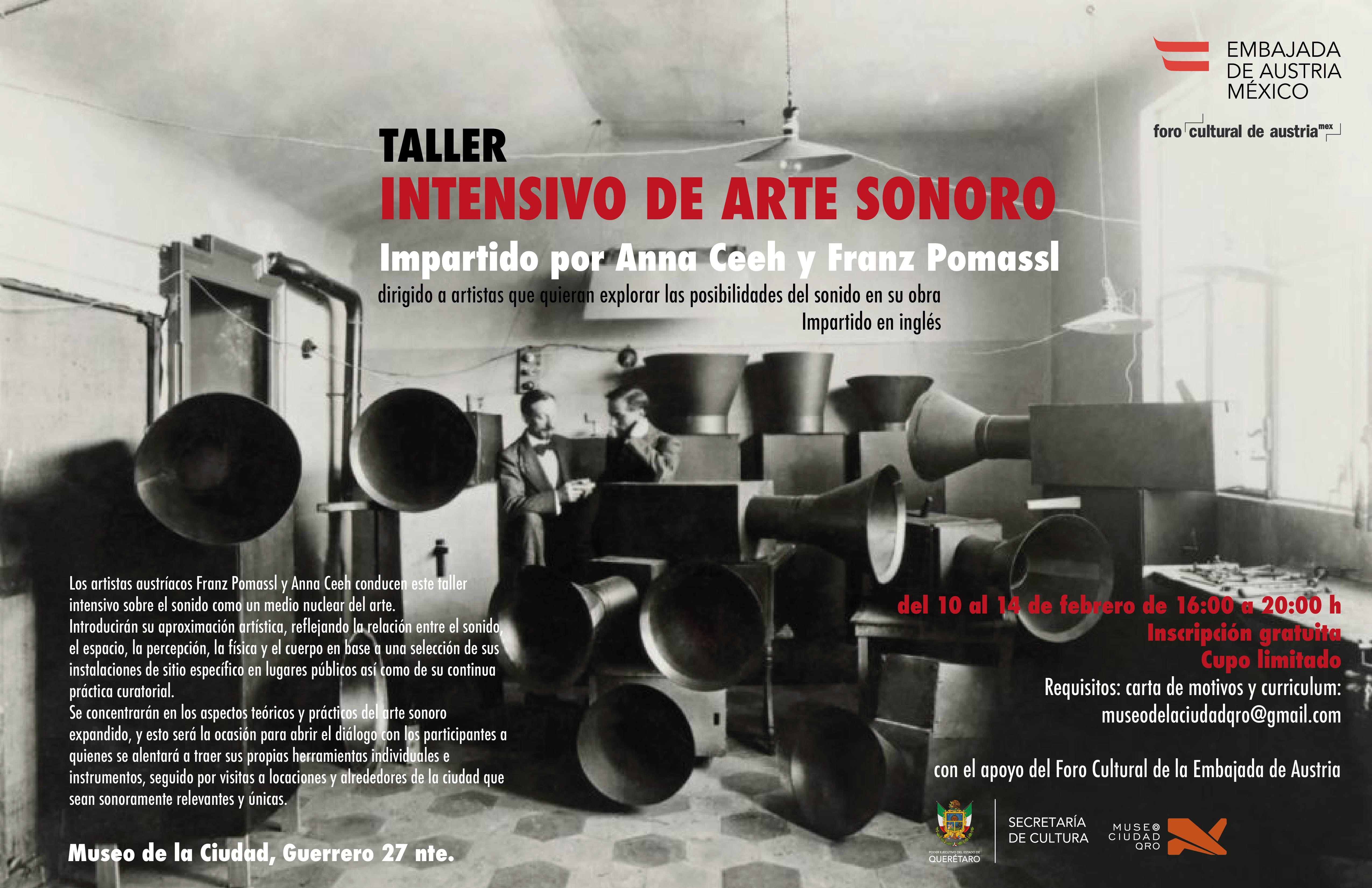
Diese Diashow benötigt JavaScript.
con el apoyo del Foro Cultural de la Embajada de Austria
-100.389888
Activación sonora, Museo de la Ciudad, Santiago de Queretaro, Mexico
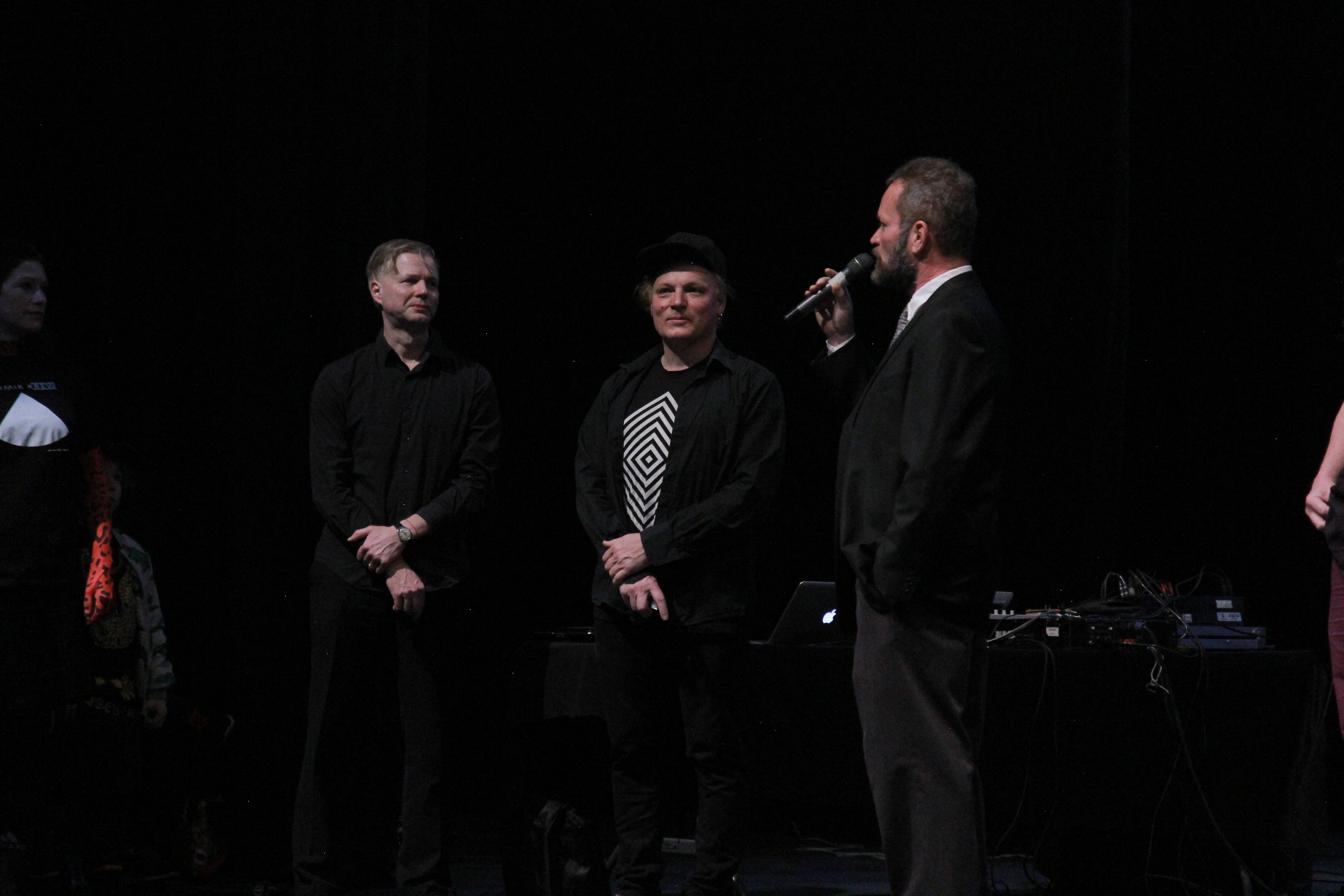
SEISMIK KREW, Tommi Grönlund and Gabriel Hörner at the opening of teh exibition Maquina del Tiempo


con el apoyo del Foro Cultural de la Embajada de Austria
photos © Museo de la Ciudad, Santiago de Queretaro, Mexico
„Máquina Del Tiempo“ exposicion, Santiago de Querétaro, México
Máquina Del Tiempo – Installation by Anna Ceeh, Tommi Grönlund, Franz Pomassl
Museo de la Ciudad, Santiago de Queretaro, Mexico
2020 Feb 14th- May 5th
con el apoyo del Foro Cultural de la Embajada de Austria
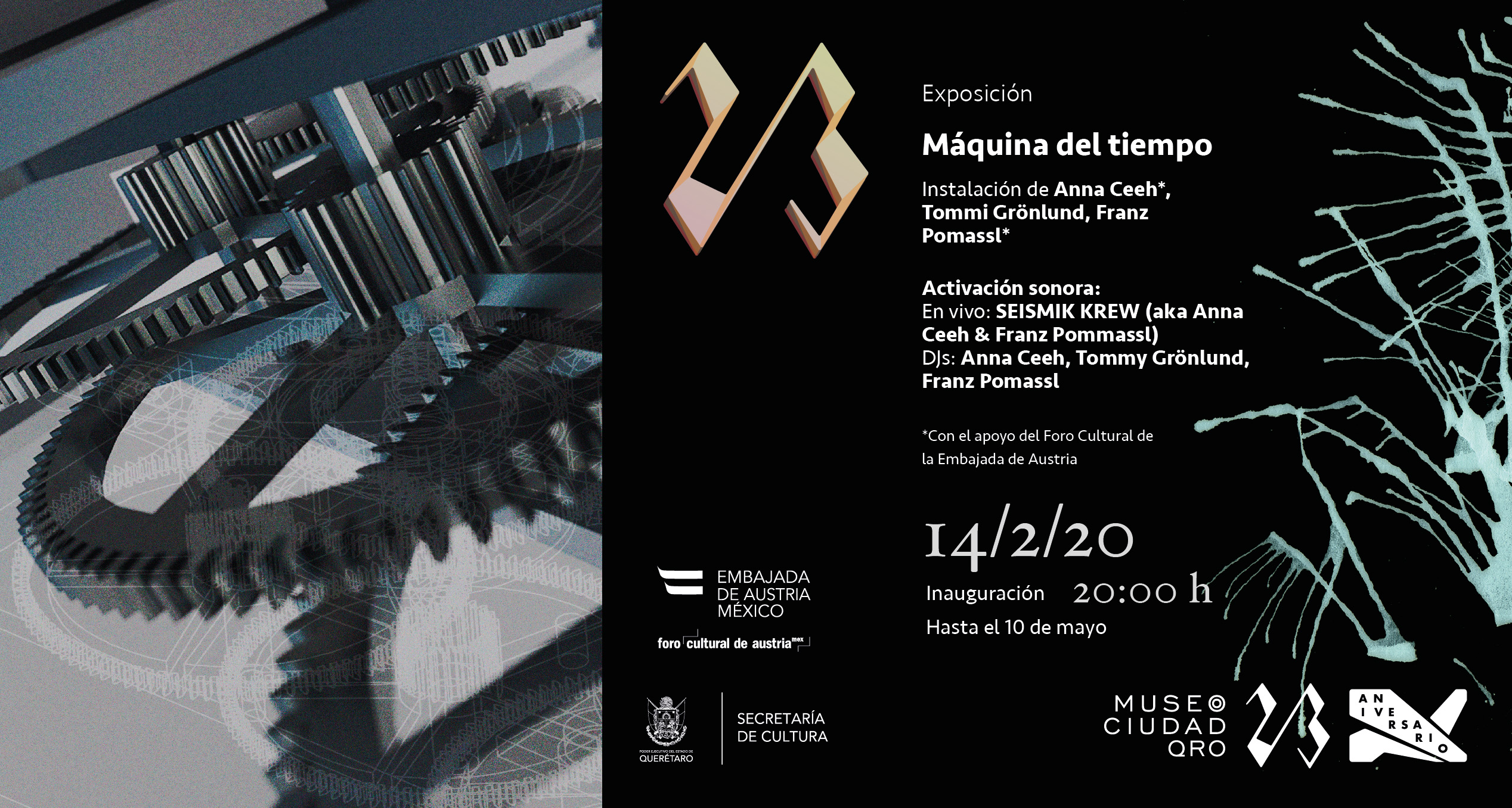
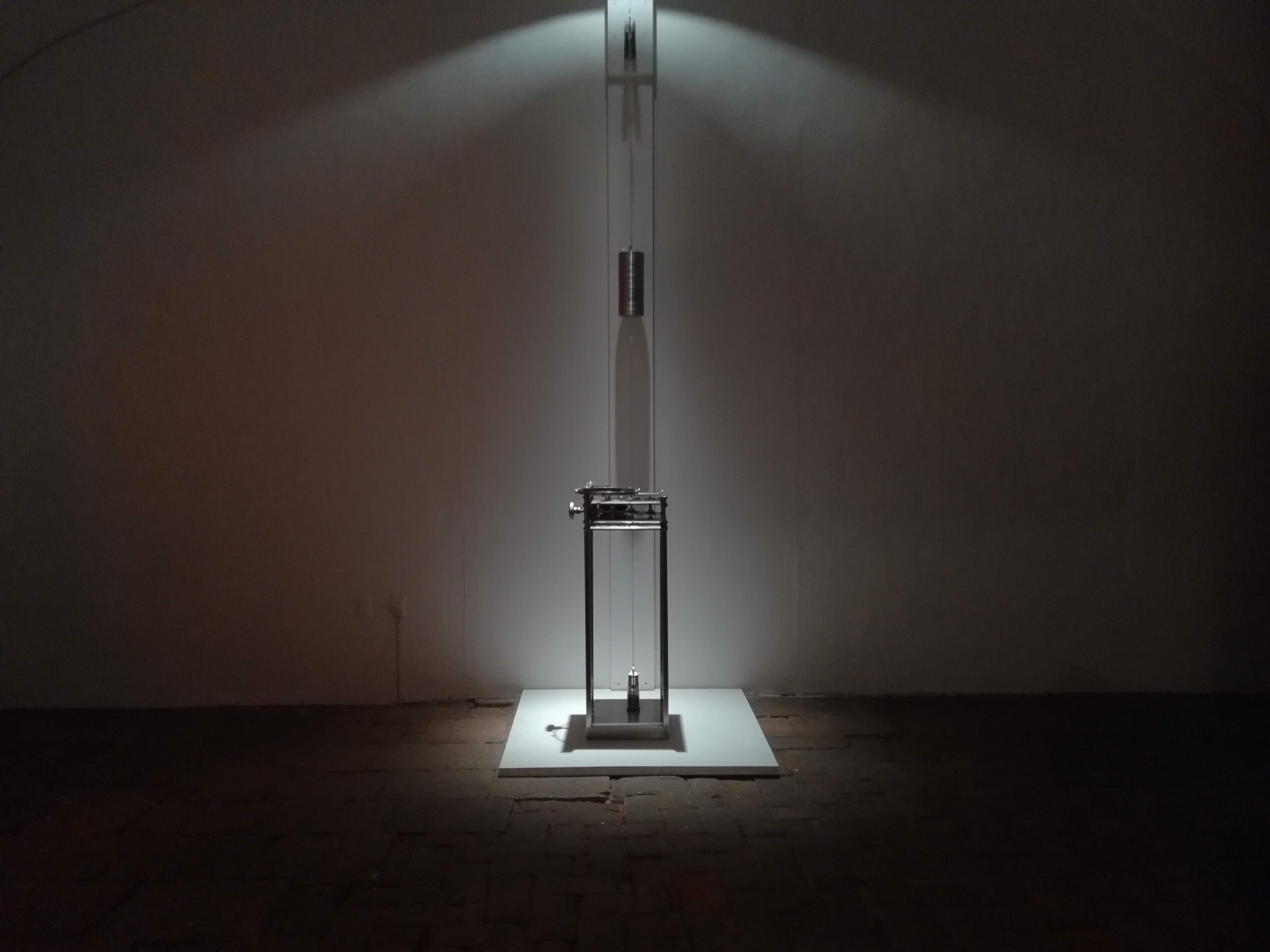
Maquina del Tiempo by Tommi Grönlund and Petteri Nissunen

opening view

Red Eyes by CM von Hausswolff

by Franz Pomassl

Ontological Reality by Anna Ceeh

exhibition view

opening view


FUCKi̶s̶m̶ TOSHAIN/ CEEH MANIFESTO in México, Febr 2020

El Serrito, Santiago De Quéretaro

Ihuazio ( Michoacán )

Tzintzuntzan

CEDART high school with the sound art professor Juan José Bárcenas

CEDART institutio national de Bellas Artes

Tzintzuntzan
photos by Ell Sonic
con el apoyo del Foro Cultural de la Embajada de Austria
Collective Practice and Women Artists’ Complicity at das weiße haus, Vie
Hegelgasse 14, 1010 Wien
Wie wir arbeiten wollen – Kollektives Handeln und künstlerische Komplizinnenschaft
How we want to work – Collective Practice and Women Artists’ Complicity
Diese Diashow benötigt JavaScript.
Kuratiert von Synne Genzmer und Georgia Holz
“How we want to work – Collective Practice and Women Artists’ Complicity”
with contributions by a room of one’s own, Nicoleta Auersperg and Mara Novak and Dorothea Trappel, Anetta Mona Chişa/Lucia Tkáčová, DIE DAMEN, Eva & Co, ff. Feministisches Fundbüro, FXXINi̶s̶m̶ Toshain / Ceeh, Guerrilla Girls, Katrin Hornek and Johanna Tinzl and künstlerinnenkollektiv marsie
curated by Synne Genzmer and Georgia Holz
-
Aktuelle Beiträge
Archiv
- April 2021
- Oktober 2020
- März 2020
- Januar 2020
- Oktober 2019
- September 2019
- August 2019
- Juli 2019
- April 2019
- November 2018
- Oktober 2018
- September 2018
- Juni 2018
- Mai 2018
- April 2018
- März 2018
- Februar 2018
- Dezember 2017
- November 2017
- Oktober 2017
- September 2017
- August 2017
- Juli 2017
- Juni 2017
- Mai 2017
- April 2017
- März 2017
- November 2016
- Juni 2016
- Mai 2016
- April 2016
- Dezember 2015
- September 2015
- Juli 2015
- Juni 2015
- Mai 2015
- April 2015
- März 2015
- Februar 2015
- November 2014
- Oktober 2014
- Juni 2014
- Mai 2014
- April 2014
- März 2014
- Dezember 2013
- November 2013
- Oktober 2013
- September 2013
- August 2013
- Mai 2013
- Dezember 2012
- November 2012
- September 2012
- Juni 2012
- Mai 2012
- Februar 2012
- Dezember 2011
- September 2011
- Juli 2011
- Juni 2011
- Mai 2011
- April 2011
- Februar 2011
- Dezember 2010
- November 2010
- Oktober 2010
- September 2010
- August 2010
- Juli 2010
- Juni 2010
Kategorien
Meta
